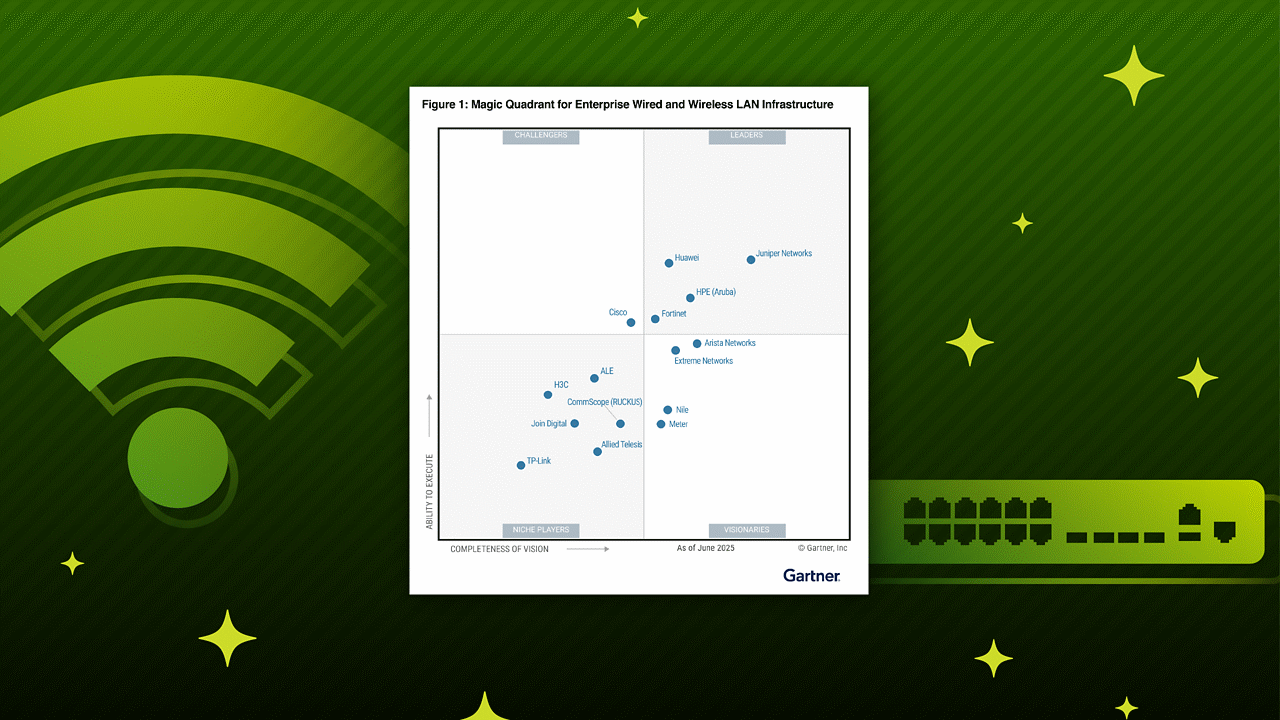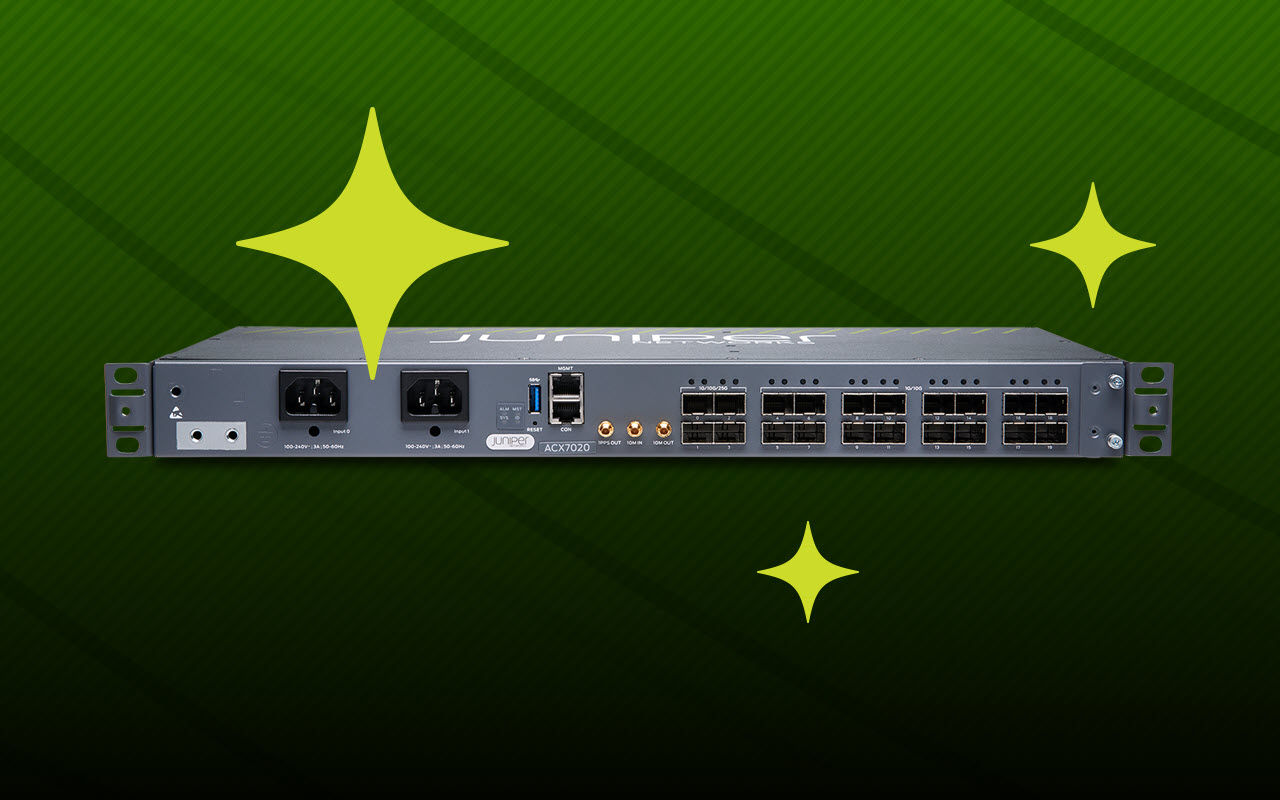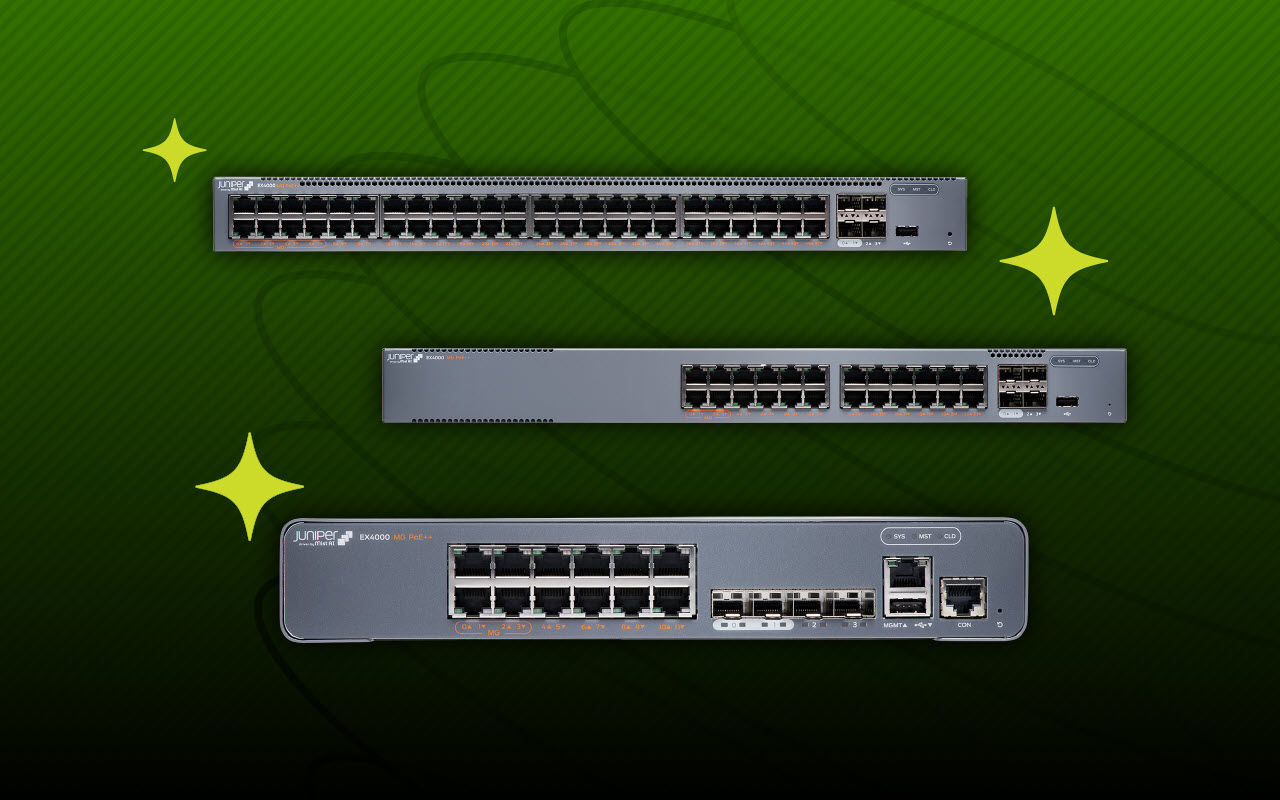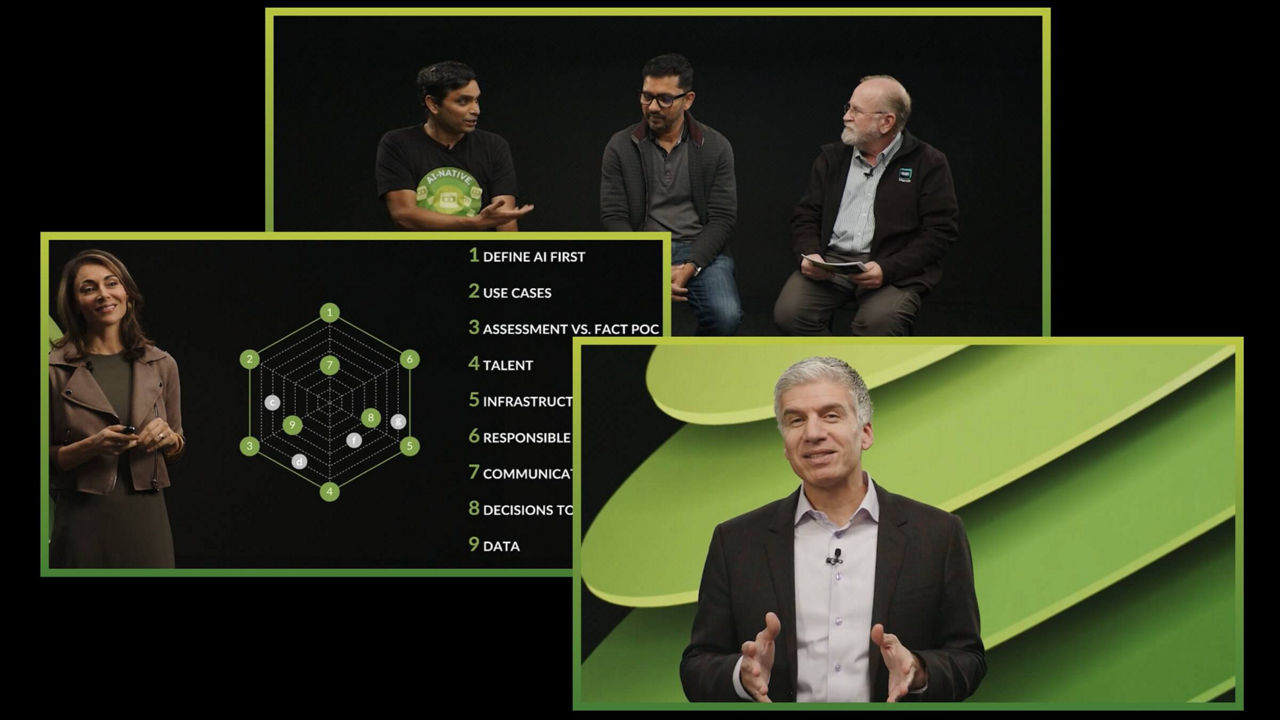Junos, Associate (JNCIA-Junos)
Register NowThe JNCIA-Junos certification is designed for networking professionals with beginner-intermediate knowledge of networking. The written exam verifies your understanding of the core functionality of the Juniper Networks Junos OS.
Because JNCIA-Junos provides a core understanding of the Juniper Networks core operating system, it serves as the baseline certification for multiple certification tracks:
Exam Preparation
We recommend the following resources to help you prepare for your exam. However, these resources aren't required, and using them doesn't guarantee you'll pass the exam.
Recommended Training
Exam Resources
- Industry/product knowledge
- Juniper TechLibrary
Additional Preparation
Exam Objectives
Here’s a high-level view of the skillset required to successfully complete the JNCIA-Junos certification exam.
|
Exam Objective |
Description |
|
Networking Fundamentals |
Identify the concepts and functionality of various fundamental elements of networking
|
|
Junos OS Fundamentals |
Identify the concepts, benefits, or functionality of the core elements of the Junos OS, including:
|
|
User Interfaces |
Identify the concepts, operation, or functionality of the Junos user interface, including:
|
|
Configuration Basics |
Identify the main elements for configuring Junos devices, including:
Describe how to configure basic components of a Junos device |
|
Operational Monitoring and Maintenance |
Identify methods of monitoring or maintaining Junos devices, including:
|
|
Routing Fundamentals |
Identify basic routing concepts or functionality for Junos devices, including:
Describe how to configure or monitor basic routing elements for a Junos device |
|
Routing Policy and Firewall Filters |
Identify the concepts or functionality of routing policy and firewall filters on Junos devices
Describe how to configure or monitor routing policies and firewall filters on a Junos device |
Exam Details
Exam questions are derived from the recommended training and the exam resources listed above. Pass/fail status is available immediately after taking the exam. The exam is only provided in English.
Exam Code
JN0-105
Prerequisite Certification
None
Delivered by
Exam Length
90 minutes
Exam Type
65 multiple-choice questions
Software Versions
Junos OS 21.2
Recertification
Juniper certifications are valid for three years. For more information, see Recertification.






















